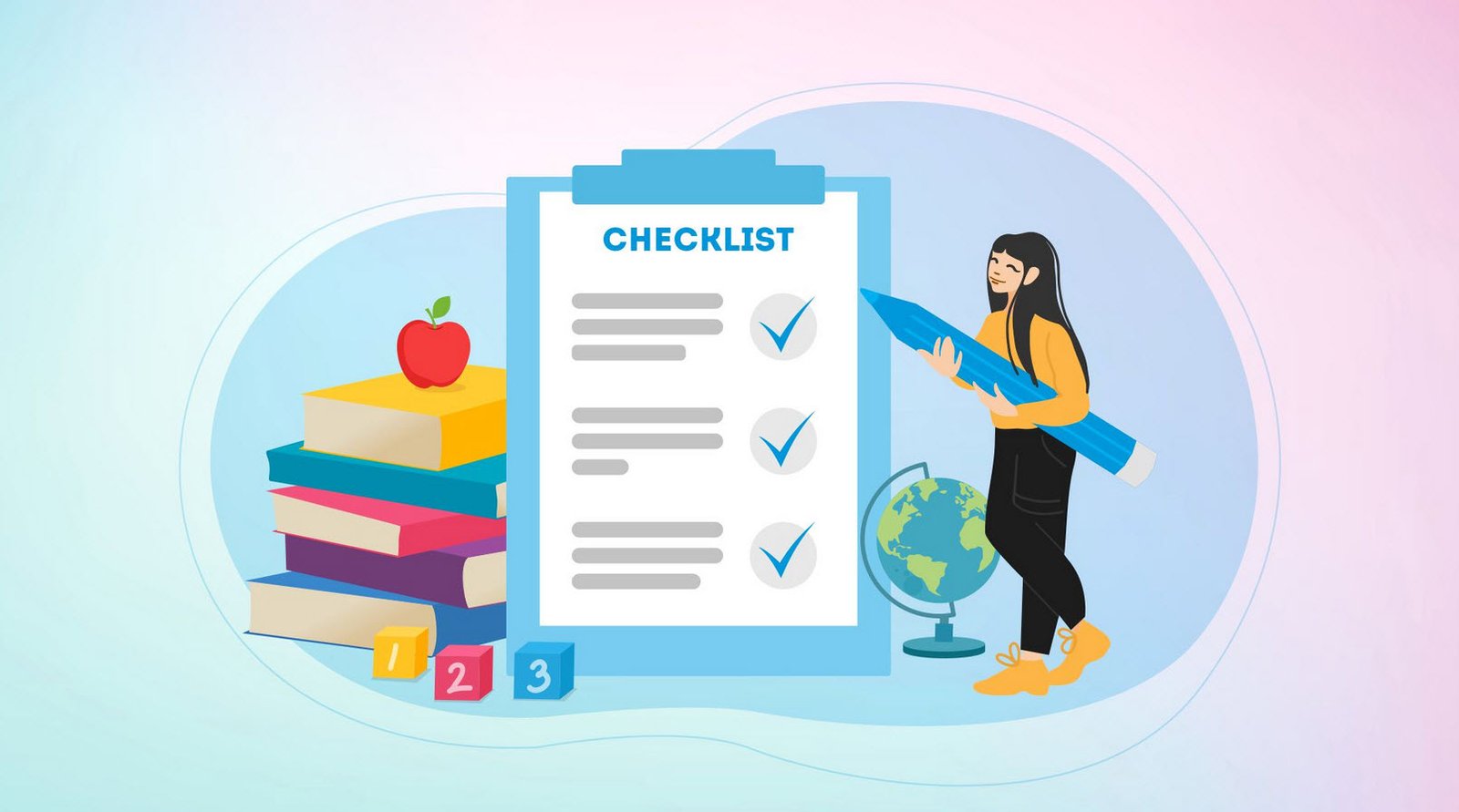
Optimizing your content for SEO is a crucial aspect of improving your website’s visibility and ranking on search engine result pages. It involves strategic planning and execution to ensure that your content is not only informative and engaging but also optimized for search engines.
Here’s a step-by-step guide to help you optimize your content effectively.
- Find the Right Topic + Keyword
- Find Semantically Related Keywords
- Establish the Structure
- Manage Keyword Density
- Be Aware of Cannibalization
- Add Visuals
- Interlink
- Cover the Topic in Depth
- Consider Technical Elements
1. Find the Right Topic + Keyword
Start by selecting a relevant topic that aligns with your website’s theme. Conduct thorough keyword research to identify high-traffic and low-competition keywords that you can naturally incorporate into your content.
2. Find Semantically Related Keywords
Identify semantically related keywords that complement your main keyword. These keywords provide context to search engines and help in creating comprehensive content.
3. Establish the Structure
Plan a clear and organized structure for your content. Use headings, subheadings, and bullet points to enhance readability. A well-structured article is more likely to rank well.
4. Manage Keyword Density
Maintain an appropriate keyword density throughout your content. Avoid keyword stuffing, as it can have a negative impact on your rankings. Aim for a natural and logical placement of keywords.
5. Be Aware of Cannibalization
Avoid keyword cannibalization, where multiple pages on your site compete for the same keyword. Ensure each page has a unique target keyword to prevent confusion for search engines.
6. Add Visuals
Incorporate images, infographics, videos, and other visual elements to enhance user engagement. Optimized visuals can also be a source of organic traffic through image searches.
7. Interlink
Strategically interlink your content by linking to other relevant pages within your website. Interlinking improves navigation, increases page views, and distributes link equity.
8. Cover the Topic in Depth
Create comprehensive, in-depth content that thoroughly covers the chosen topic. Provide valuable insights and information to position yourself as an authority in your niche.
9. Consider Technical Elements
Optimize technical aspects of your content, including meta tags, meta descriptions, URL structure, and mobile responsiveness. Ensure your website loads quickly and is accessible on various devices.
By following these steps and incorporating these strategies into your content creation process, you’ll be able to optimize your content effectively for SEO. Remember, creating valuable and informative content should be at the core of your optimization efforts.
Happy optimizing!
You may also like:- Top 10 SEO Key Metrics You Should Measure
- 25 Best Niches for Different Types of SEO Businesses
- Top 19+ Technical SEO Checklist for 2024
- Top 10 SEO Score Checker Tools in 2024
- 7 Essential Factors to Rank in the Top 3 Spots of Google
- Best WordPress SEO Plugins for Enhanced Website Rankings in 2024
- OpenAI and Microsoft’s $100 Billion AI Data Center – A New Era in Artificial Intelligence
- SEO ChatGPT Prompts – Save Time & Rank Better
- [March 2024] Google SEO Updates You Need to Know
- Want Image SEO? Here is the Guide








